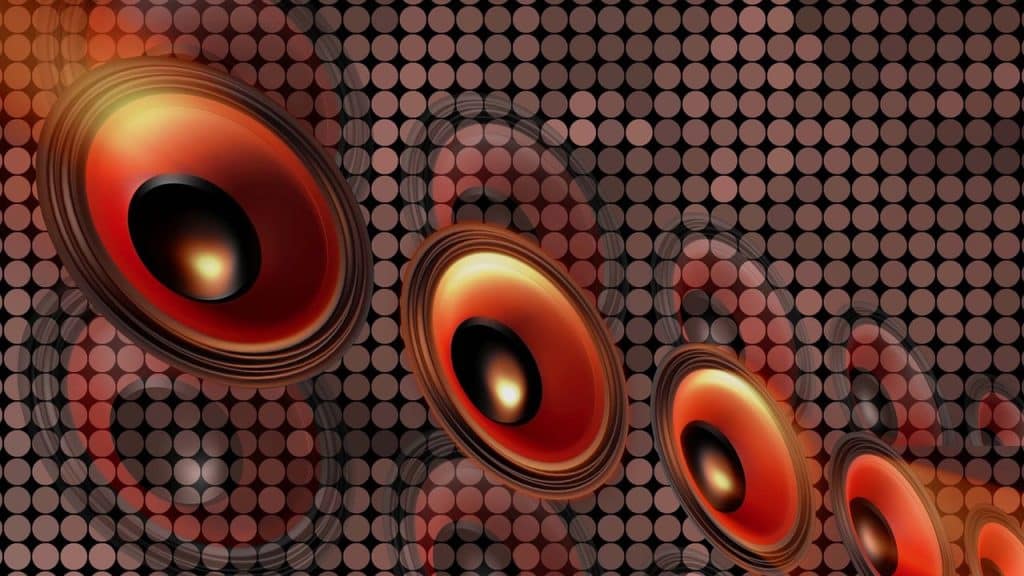Speaker selection plays a crucial role in shaping the way we experience music. While most people focus on playlists and audio sources, the real transformation begins with choosing the right type of sound system that complements the music you love. From classical to electronic, each genre has distinct sonic characteristics that can be elevated—or lost—depending on your audio setup. This guide is for music enthusiasts who may know a little about sound systems, but want to make smarter decisions when upgrading their listening experience.
Why Speaker Selection Should Align with Music Genre
Understanding the different types of sound system is the first step in aligning your gear with your musical taste. Not all speakers are created equal; each category offers strengths tailored to different listening experiences:
- Floor-standing speakers: Large, powerful, ideal for full-range sound and deep bass.
- Bookshelf speakers: Compact, precise, great for smaller spaces or near-field listening.
- Studio monitors: Designed for accuracy, often used in production but also loved by purists.
- Surround sound systems: Multi-channel setups designed for immersive audio in both movies and music.
Now, let’s explore how to pair these systems with different music styles for the best sound.
Classical Music and Jazz
These genres demand high-resolution systems with excellent clarity, tonal balance, and dynamic range. Instruments in orchestral works or jazz ensembles have subtle nuances that need room to breathe and a system capable of rendering every detail.
Best setup:
- Bookshelf or floor-standing speakers with refined mid and high-frequency response.
- Focus on speakers with horn or ribbon tweeters for added transparency.
- Amplifiers with low distortion and wide dynamic headroom.
Why it works: Classical and jazz tracks contain complex layering and dynamic shifts that benefit from accurate speaker imaging and minimal coloration.
Rock and Electronic Music
If you’re into heavy beats, electric guitars, or pulsating synths, your system needs to deliver impactful sound and robust bass. This is where power output and woofer size matter most.
Best setup:
- Floor-standing speakers with larger woofers.
- Subwoofers for extended low-end response.
- Systems with high SPL (Sound Pressure Level) for room-filling sound.
Why it works: Rock and electronic music thrive on energy and punch. A speaker that can’t keep up with the beat or gets muddy at high volumes will compromise the experience. Look for the best speakers for electronic music that offer strong bass performance and fast transient response.
Pop and Vocal-Heavy Genres
Pop music often centers around vocals, layered harmonies, and polished production. A good speaker should have a clear midrange and smooth treble to bring out vocal emotion without harshness.
Best setup:
- Balanced bookshelf speakers or compact floor-standers.
- Systems with strong midrange accuracy and soft-dome tweeters.
- Optional subwoofer for low-end depth without overpowering vocals.
Why it works: These genres require clarity, but not excessive bass or treble. A balanced setup keeps vocals front and center while supporting the beat and background instrumentation.
Ambient and Relaxing Music
Atmospheric music such as ambient, chill-out, or meditation tracks relies on spatial cues and low-frequency smoothness. The goal is immersion, not intensity.
Best setup:
- Wide soundstage stereo setups or minimalist 2.1 systems.
- Speakers known for imaging and phase coherence.
- Controlled, not overpowering bass—often smaller subwoofers or full-range drivers.
Why it works: The relaxing nature of ambient music pairs best with systems that create a sense of space. Clean, seamless transitions across frequencies matter more than sheer volume.
Home Theater Setups for Music and Movies
For multi-purpose spaces, a surround sound system (like 5.1 or 7.1) offers versatility. These setups provide excellent immersion for movie lovers, while still handling music competently—especially if the front L/R channels are high-quality speakers.
Best setup:
- Multi-channel AV receivers.
- High-quality left/right mains for music clarity.
- Calibrated subwoofer placement to avoid overpowering.
Why it works: While not always ideal for purist music listening, home theater systems provide flexibility. Modern systems allow you to switch listening modes and adjust output per source.
Room Size and Listening Preferences
Even the best speaker won’t sound right if it’s not matched to the room. Room size, layout, and acoustics all affect speaker performance.
Tips:
- Small rooms: Opt for bookshelf speakers or compact towers to avoid bass buildup.
- Large rooms: Floor-standing speakers or systems with dedicated subwoofers offer better coverage.
- Room treatment: Use acoustic panels, carpets, and furniture to manage reflections and absorb unwanted echo.
Why it matters: Room interaction shapes perceived sound. A good match between speaker and space enhances detail, dynamics, and comfort during long listening sessions.
Conclusion: Choose Speakers That Fit Your Music and Your Space
The art of speaker selection isn’t just about specs—it’s about listening habits, room acoustics, and personal taste. Whether you prefer the intimacy of jazz, the power of rock, or the texture of ambient soundscapes, there’s a speaker system designed to bring that experience to life.
If you’re ready to explore true audiophile performance, ESD Acoustic offers a range of systems to consider:
- Phoenix: A 5-way, 10-unit-per-channel system using beryllium and titanium diaphragms. With a frequency response from 17Hz to 52kHz and an astounding 108dB sensitivity, Phoenix delivers extreme dynamics and lifelike resolution—ideal for orchestral and cinematic sound.
- Panda: The world’s first field coil bookshelf speaker, with Truextent® beryllium and titanium sandwich diaphragms. Despite its compact size, Panda surprises with remarkable detail, making it a perfect choice for vocal, acoustic, and jazz lovers.
Both models combine engineering precision with handcrafted beauty, offering tailored solutions for different listener needs.
No matter your genre, ESD Acoustic’s lineup helps you hear your music—not just louder, but deeper.
